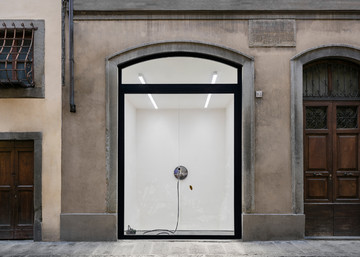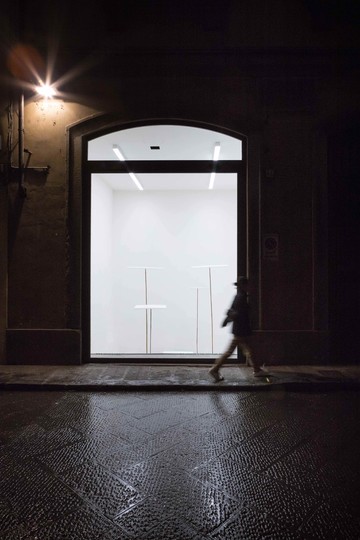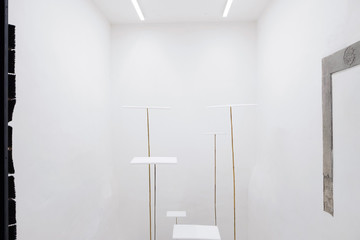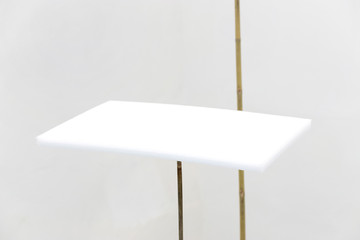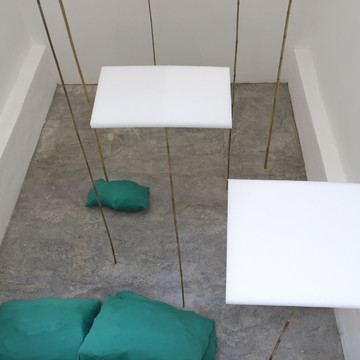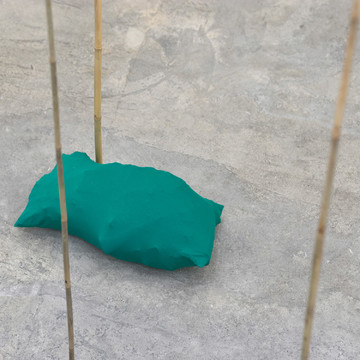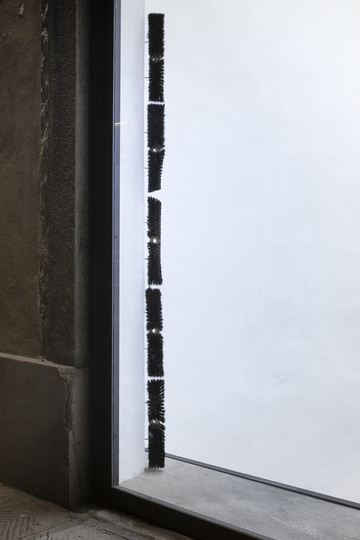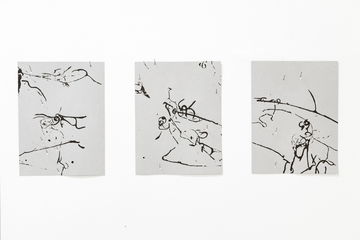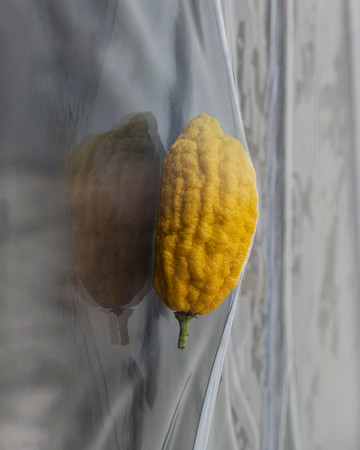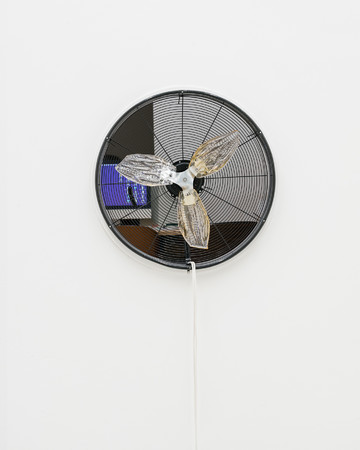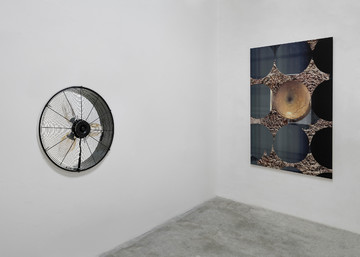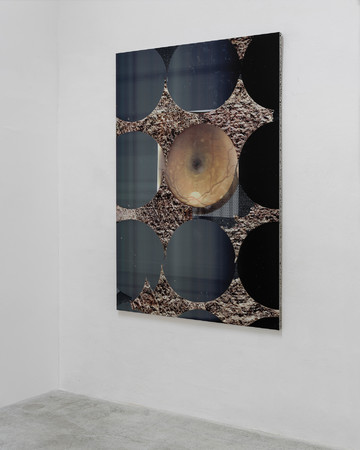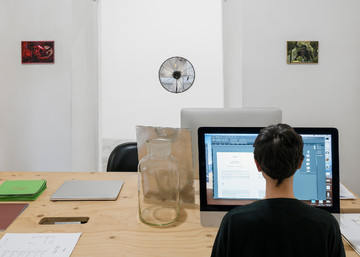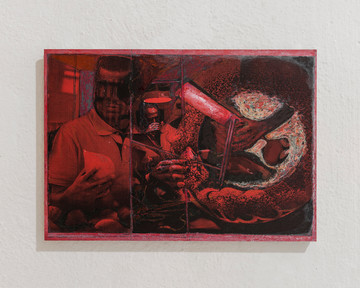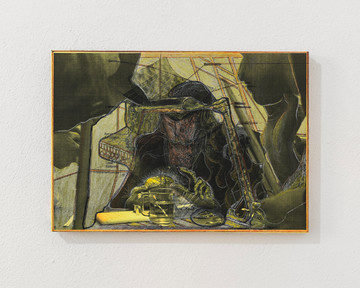Eva Löfdahl (Gothenburg, 1953) and Amitai Room (Jerusalem, 1985) practices shares the common interests of their research as well as for their definition of each component not only as a constructive object, but as a specific clue of the meaning beneath works.
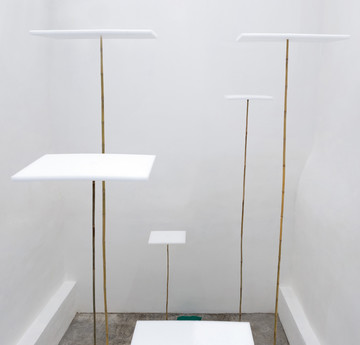
Eva Löfdahl artistic research is informed by different themes and approaches, borrowed from several fields - sometimes even quite different one to another - such as biology, technology, politic, sociology and so on.
At the base of Löfdahl research we find a very specific choice of materials, which determine the entire work flow becoming a purpose for the creation of meaning in and for the single artwork.
Images of “The Earth As We Know It” Eva Löfdahl’ solo show at VEDA, Florence. Courtesy the artist and VEDA, Florence.
Eva Löfdahl: I am back in Stockholm now. The Ridgeway walk was about 160 km. As the name says, there is a ridge, of chalk. It has been the most suitable way to travel from the Stone Age and on. The ground is well drained and it has no dense vegetation. There are many traces of activities. Huge earthworks, Grim’s ditches 6 km long with high walls, a series of hillforts able to contain whole villages; in Avebury already, the Romans destroyed the magic of the place by making a road crossing in the central ring of stones, but it is still very impressive.
I don’t know how communication affects my work process because I have almost never pursued it in process. I have felt it easier to change my mind, let it jumpier I don’t have to explain why.But I think work will be about communication, so I may try.
One thread is about paths. over time I have tried to read the subject, but these texts tend to gain either of two directions, either a Situationist drift towards getting lost or an accumulated overlay of singling-like narratives. And I am not onto a religious path, if it sound so, but something much more practical, basic and existential, to find the best way.
Beside my field practice of trekking, which has never directly led to any artworks, I have been in contact with the Agricultural Department of the University of Uppsala to get laser scan maps. Looking at these is like looking at Mars, but it easy to find marks of water and civilisation.
Another Thread is antennas. this summer I saw one I thought be used for an installation. So far this idea not taken off. Instead umbrellas with safety pins. Handy, but too thin to be seen at a distance
–Eva Löfdahl in conversation with Stephen Lichty. 2018
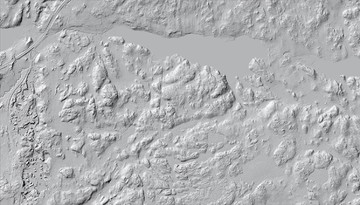
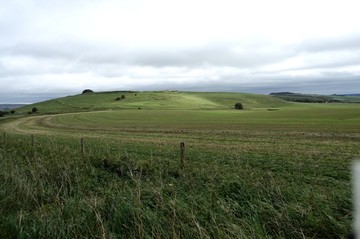
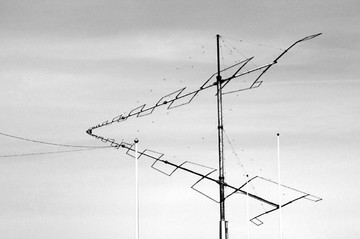
I imagine that her art concern the boundaries of frictionless thought. It forces us back to inertia of materials. Thought is also material, and this materiality can be exceedingly hard to master. There is a sort of Humdrum bluntness in her art, a calculated inexactness that generates zones of uncertainty.
Daniel Birnbaum, “Eva Löfdahl”, Moderna Museet Exhibition catalogue nr. 361, 2011. (p.10)
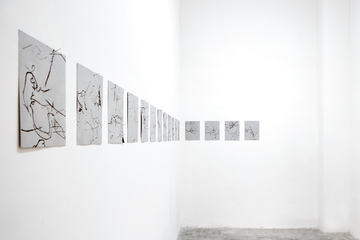
paper, paint, pins
30 x 473 cm (16 pieces: 30 x 23 cm each)
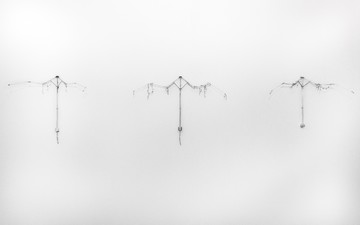
2018
Mixed media
3 parts (60 x 80 cm each)
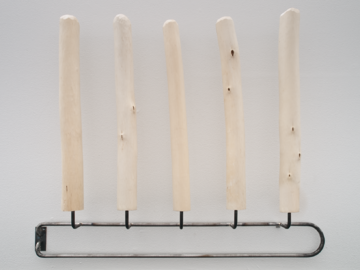
Wood, iron
98 x 119 x 15 cm
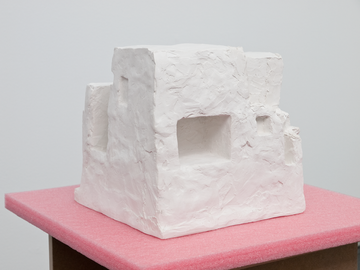
Plaster, Styrofoam, powdered pumice, MDF
33 x 35 x 36 cm
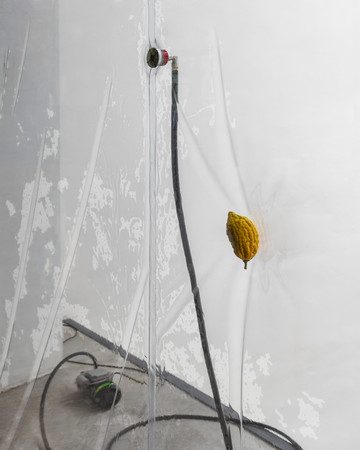
Amitai Romm artistic research can be figured as the designation of a system.
Every work seems to be part of an overall research which hide beneath its surface the configuration and improvement of our attitudes and life conditions throught decades.
Technology in its larger definition is used in Amitai Room’s works as a living matter, directly related to more archaic forms and behaviours.
Images of “Macula Lutea” Amitai Romm’ solo show at VEDA, Florence. Courtesy the artist and VEDA, Florence.
Amitai Romm sets out to investigate, but in the end is happier getting lost. He plays on the idea of the golem—significant but unthinking—to ask fundamental questions about art, technology, and agency. What results is a collision of fancy and utility, speculation and science that is by no means ironic, but always playful
“This veering between the archaic – invocations of stargazing or ancient methods of orientation – and the constantly receding horizon of new technologies is characteristic of Romm’s work. A full wall of nine of the Parable dishes overlooked his more recent show, Hibernation, at the library space Tranen in north Copenhagen, though here each was punctuated by a trilobite fossil. Scattered on the floor throughout the building were a series of low polystyrene boxes, titled Sarcophagi, offering an alternative form of library: the pleasing scent of the star anise, cardamom or cinnamon that sat in some of the boxes being distributed by small ventilation fans, or in others mace spray or plastic earplugs imbued with synthetic grapefruit oil. The drawings here seemed to illustrate Romm’s vision of a possible future more directly, peopled with humanoid figures sprouting countless tubes and complex organic machines producing who knows what gloop.
Romm also works within the group Diakron, an assemblage of artists, designers and thinkers, who have set up Primer, an exhibition series hosted on the premises of the biotech company Aquaporin in the Copenhagen suburbs, positioning their group shows – which mix things like medieval biblical woodcuts, midcentury-modern designs and contemporary art – as a form exploratory research that might benefit those in a lab coat or an artist’s smock. Among these various activities is an open-ended looking that isn’t focused so much on where we’re going as on summoning the spirits in science and the atoms in art, and embracing the tentacled chimeras we create along the way.”
–Chris Fite-Wassilak, “Amitai Romm, selected by Chris Fite-Wassilak”, Future Greats, Art Review, February 2018.
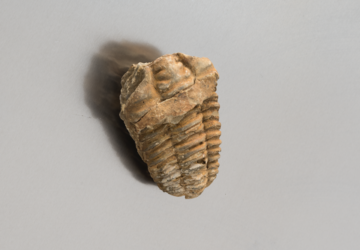
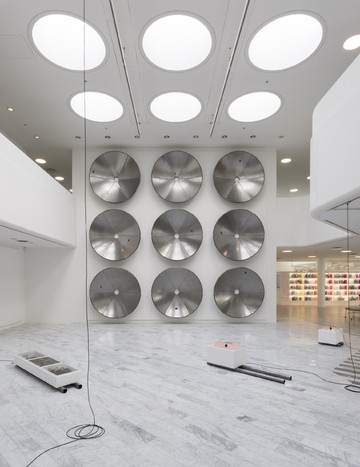
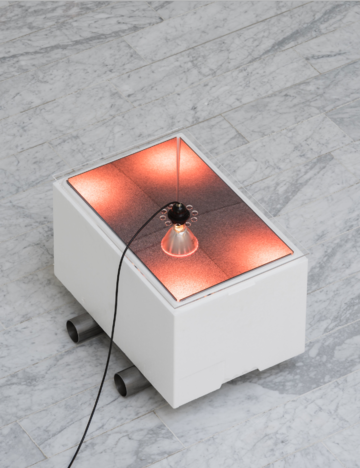
Images of “Hibernation” Amitai Romm’ solo show at Tranen, Copenhagen. Courtesy the artist .
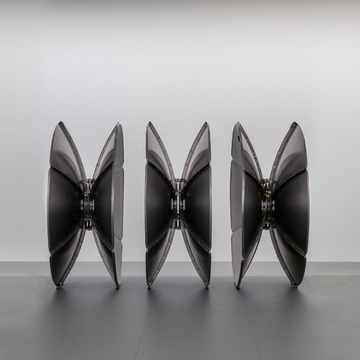
Steel, neodymium magnets, flexicalymene trilobites
280 x 180 cm (6 parables - 180ø each x 40 cm deep)
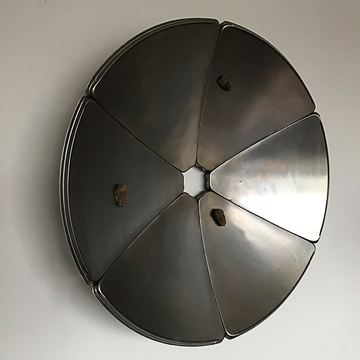
Steel, neodymium magnets, flexicalymene trilobites
25 x 120 x 120 cm
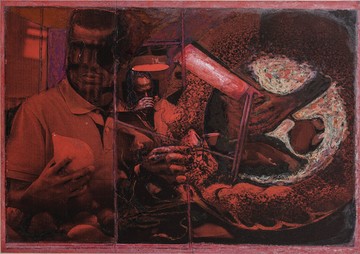
Analyst: A semi-fictional character, in search of a perfect skin. Immersed in a civilizing ritual to keep the world in check, seeking to eliminate inconsistencies and construct a ground from which to begin and end. Of course it slips, the surface becomes a field, the ground does its dizzying thing.
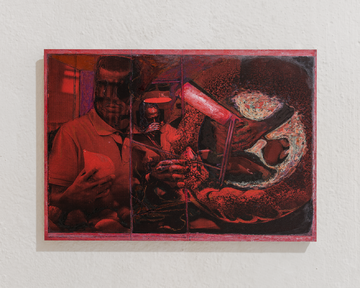
21x29 cm
Laserprint, pencil, ink and oil pastel on paper
Mounted on dibond and aluminum foam
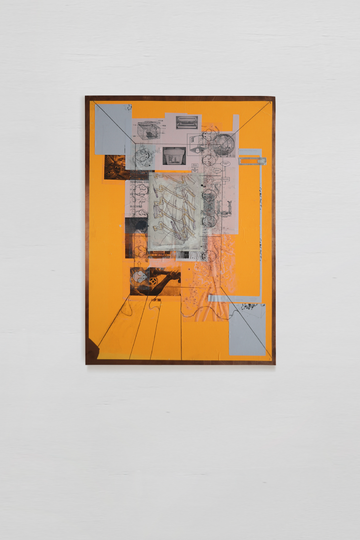
Etching and laser print on plastic and paper, sumac, RFID chip
Mounted on copper
35.5 x 52 cm
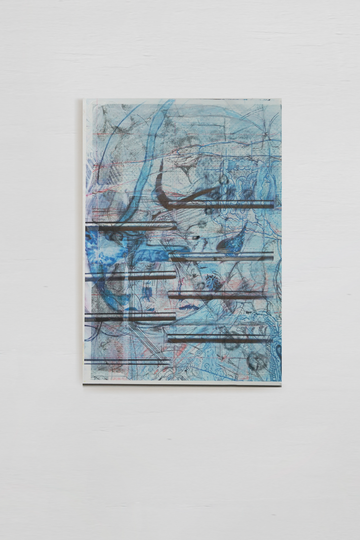
21 x 42 cm
Inkjet Print, oil pastel and ink on paper
Mounted on dibond
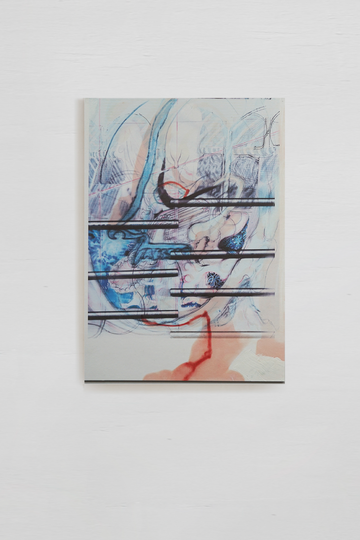
21 x 42 cm
Inkjet Print, oil pastel and ink on paper
Mounted on dibond

